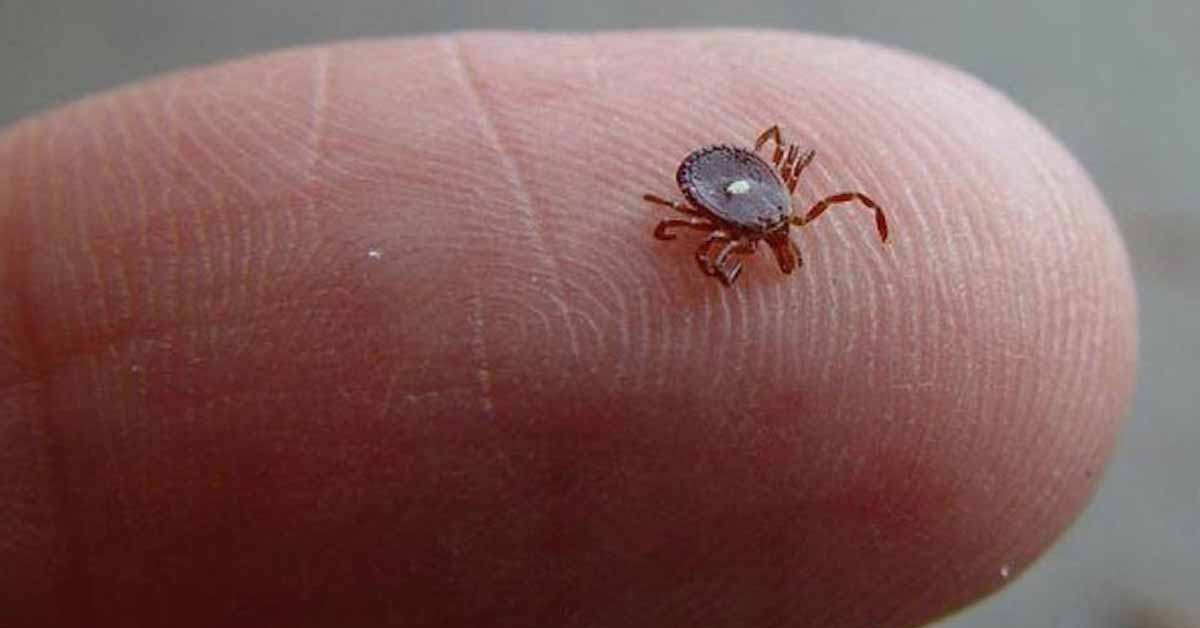According to two new studies published yesterday by the Centers for Disease Control and Prevention (CDC), an estimated 450,000 Americans may suffer from alpha-gal syndrome, an allergy to red (mammalian) meat spread via the bite from the lone star tick.
Alpha-gal syndrome, identified in the 2000s, is named after galactose-alpha-1,3-galactose, a sugar present in beef, pork, lamb, and the meat of most other mammals except humans and other primates. The lone star tick, believed to be the primary vector of the disease in the US, transmits the sugar to humans via a bite, which the immune system identifies as a foreign substance and keys antibodies to. The next time the victim ingests the sugar, the immune system overreacts, spurring an allergic reaction.
In one study, 110,000 individuals tested positive for the antibodies via a blood test and were suspected of having the syndrome. But since the other study found that 78% of healthcare providers had little or no knowledge of the syndrome, the incidence is likely severely undercounted.
“Our 110,000 suspected cases of alpha-gal syndrome represent those that found the health care provider that did properly send off for the antibody test,” said Dr. Johanna Salzer, a disease ecologist and veterinarian at the CDC and an author of both studies.
The researchers factoring in this knowledge gap, came up with an estimate close to half-million.
According to Dr Maya Jerath, an allergist and immunologist at Washington University in St Louis who has treated hundreds of patients with alpha-gal syndrome, the syndrome is vastly underdiagnosed. “This is a story that every patient of mine tells me, that ‘I had to go to five physicians before they could tell me what it was,’” said Jerath, who was not involved in the new studies. “It’s nice to have numbers behind it, and it’s definitely a call to action.”
The symptoms may take hours after ingestion to manifest and may include hives, nausea, diarrhea, or anaphylaxis. Anaphylaxis is a life-threatening allergic reaction to a food, drug, insect venom, or environmental substance. The only treatment for anaphylaxis is epinephrine which must be administered promptly.
The explosion in the number of cases being diagnosed could be the result of an increase in prevalence, awareness, or both. Due to climate change, the range of the lone star tick has expanded throughout the US and is most common across the Southern, Mid-Atlantic, and Midwestern states.
That said, clusters of alpha-gal syndrome have been diagnosed in northern Minnesota and Wisconsin, which are not known to be home to the ticks. “I don’t think that the lone star tick is the full story,” Dr Jerath said.
To learn more about alpha-gal and how to protect yourself from ticks that transmit the disease, see Q&A: Everything You Need to Know About Alpha-gal Syndrome, the Meat Allergy You Can ‘Catch’.
Q&A: Everything You Need to Know About Alpha-gal Syndrome, the Meat Allergy You Can ‘Catch’





